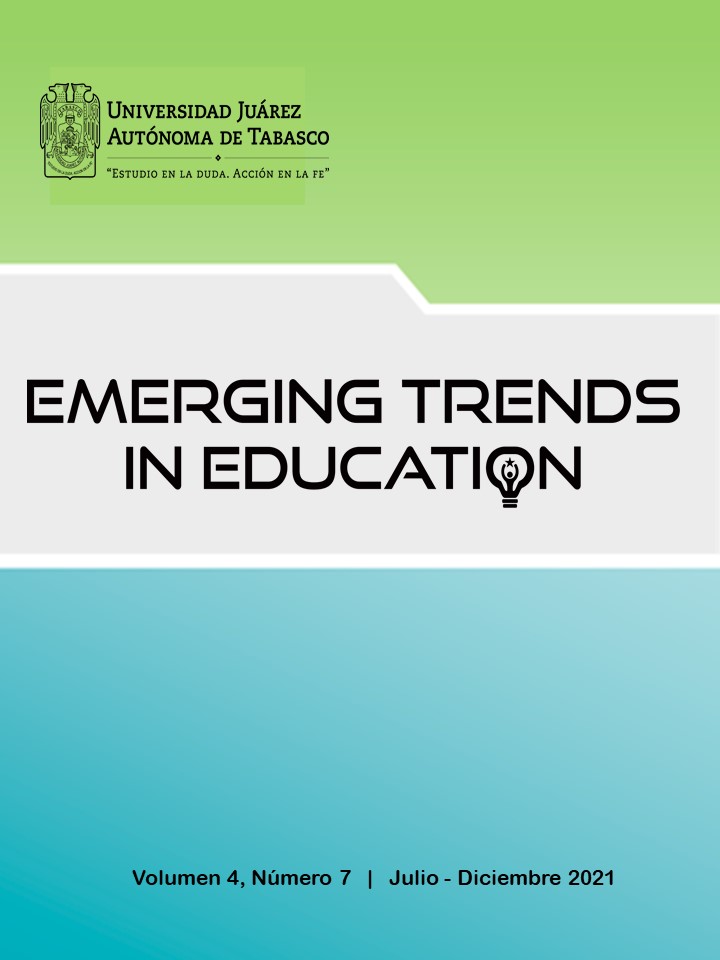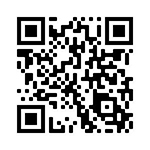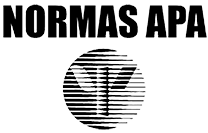The Communication of Science in the COVID-19 Pandemic and its Disseminators
DOI:
https://doi.org/10.19136/etie.a4n7.4456Abstract
Faced with the phenomenon of the COVID-19 pandemic, a random descriptive study on communication of science was carried out on open digital television, print newspapers and cybermedia in Mexico, in addition to monitoring activities in digital social networks. The main results are the following: there was a growth in communication of science on television, newspapers and cybermedia. On the Internet and social networks, only minimal scientific divulgation of real impact was developed; while the museums in the country became the only space to restore direct communication, albeit to a minimum. At the same time, in September 2020, a survey was applied to 120 science disseminators, from all over the country regarding their activity as divulgators in the COVID-19 pandemic during that year. Some of the results show that there is no training of science popularizers in educommunicative skills, because during the pandemic they have not been updated. The respondents noted that greater skills are needed and that, from their point of view, communication and education are the two fundamental elements for the divulgation of science.
References
Asociación de Internet MX. (2021, 27 de enero). Estudio de los Hábitos de los usuarios de Internet en México AIMX 2020. https://www.asociaciondeinternet.mx/estudios/asociacion
Ataide-Malcher, A. & Cunha-López, S. (2013). Construyendo una noción de comunicación de la ciencia. Chasqui, 122, (74-81). https://cutt.ly/pnkVPhB
Calvo-Hernando, M. (2003). Divulgación y Periodismo Científico: entre la claridad y la exactitud. Universidad Nacional Autónoma de México.
Corredor-Trejo, N. & Socorro, M. (2014). Impacto de las tecnologías de información y comunicación en la divulgación del conocimiento científico. Cieg, (5) 2, 139 -161.
Martínez-Albertos, J. L. (1997). El Ocaso del Periodismo. CIMS.
Martínez-Mendoza, S. (2012). La Difusión y la Divulgación de la Ciencia en Chiapas. Razón y Palabra, 78. https://cutt.ly/pnrl0tQ
Moreira, M. A. (2012). ¿Al final, qué es el aprendizaje significativo? Qurriculum, 25, 29-56. https://cutt.ly/gnrlBoO
Navarro-Zamora, L. (2002). Los periódicos Online. Universidad Autónoma de San Luis Potosí.
Navarro-Zamora, L. (2018). Elementos del Ciberperiodismo en Iberoamérica. Sociedad Latina de Comunicación Social.
Pacheco-Muñoz, M. F. (2003). La divulgación de la ciencia. Ciencias, 71, 56-64.
Organización de las Naciones Unidas para la Educación, la Ciencia y la Cultura [UNESCO] (2020). Museos. https://cutt.ly/xnkMGMg
Organización de las Naciones Unidas para la Educación, la Ciencia y la Cultura [UNESCO]. (2018). Construir Sociedades del Conocimiento. https://cutt.ly/6nyoZ80
Vygotsky, L. (1984). Aprendizaje y desarrollo intelectual en la edad escolar. Escritos escogidos de Psicología, 27/28, 105 -116. https://dialnet.unirioja.es/servlet/articulo?codigo=668448
Downloads
Published
Versions
- 2021-09-17 (2)
- 2021-07-03 (1)
Issue
Section
License
Copyright (c) 2021 Emerging Trends in Education

This work is licensed under a Creative Commons Attribution-NonCommercial-ShareAlike 4.0 International License.





























